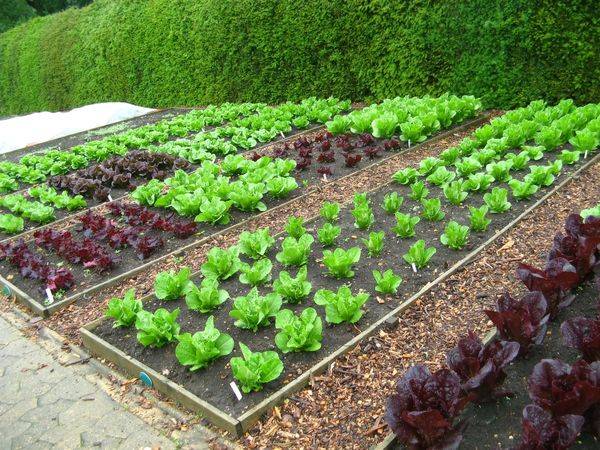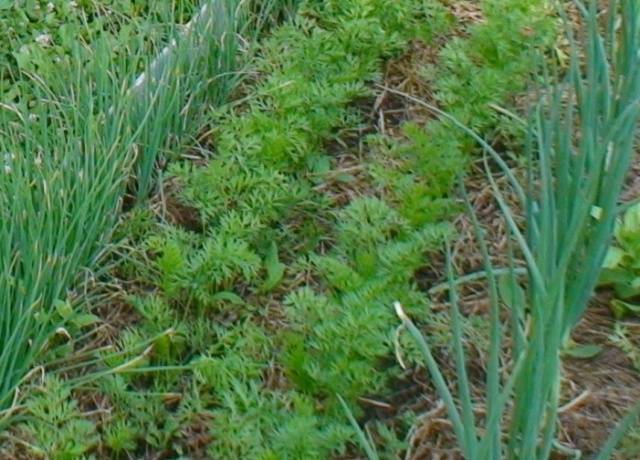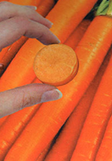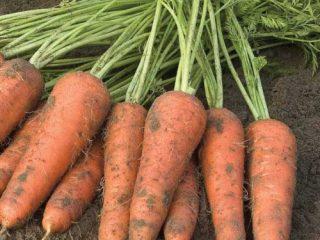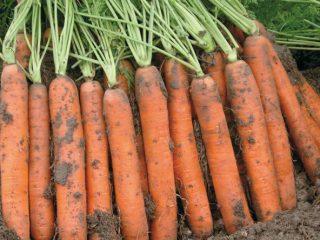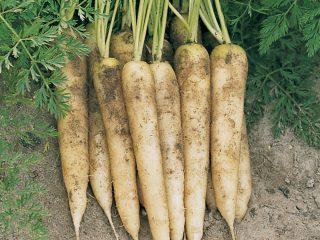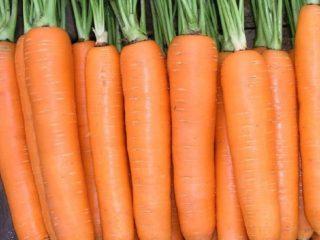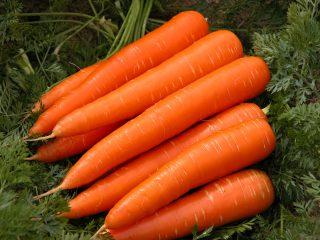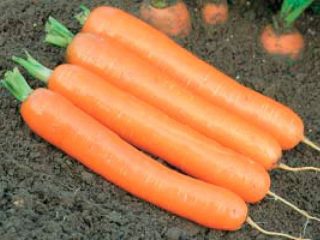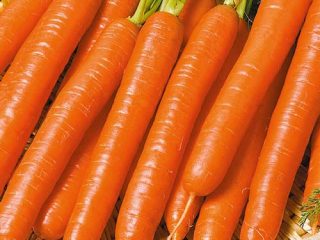Content
Growing carrots is not difficult. This unpretentious root vegetable is extremely responsive to good care and favorable growing conditions. It’s a completely different matter when an inquisitive and inquisitive gardener becomes bored with growing high yields of root crops and various berries year after year. Habit kills the love of creativity. It is this kind of creativity that is the driving force of every natural scientist.
The desire to grow not just a large harvest, but a harvest of some amazing variety. Let such a variety be distinguished by fruits of extraordinary taste, color or size. The main thing is that it is interesting and surprising for yourself and for those around you. Let it be red carrots without a core or a root vegetable weighing more than 500 g. Maybe this is not very necessary, but it is interesting.
Agricultural technology is the head of everything
Knowledge of the basics of agricultural technology is a prerequisite for an inquisitive gardener.
Missed little things will result in a big loss of the harvest or its taste in the future. Strict adherence to them will be the foundation for any gardening experiment:
As for carrots, this is, first of all:
- planned crop rotation. Otherwise, diseases and pests will become companions of the upcoming battle for the harvest;
- preparing beds for upcoming plantings.Light soil fertilized with humus should be prepared ahead of time. The use of fresh manure should be completely avoided. The location of the beds for carrots should be done in a well-ventilated and bright place;
- selection and preparation of seeds for planting. Soaking, hardening and germination are prerequisites for any preparation of carrot seeds. Separately, you can experiment with digging seeds in cloth bags into the ground in early spring. The duration of such hardening is at least 3 weeks before planting;
- the organization of beds and planting seeds should be as sparse as possible and take place during periods when there is no carrot fly migration. Otherwise, various types of shelter and low, finely mesh fences will be required;
- fertilizing and watering must be carried out in accordance with the recommendations of the variety producer and current growing conditions;
- regular thinning of carrot plantings and pest control. A prerequisite for thinning is the immediate removal of tops from the cultivated beds in order to avoid attracting carrot flies;
- harvesting in accordance with the length of the growing season and current growing conditions.
Good variety for experimentation
The carrot variety “Long red without core” does not reveal itself in any way with its external characteristics. The most interesting thing is inside it. Rather, it is not even located, but absent. But it lacks a core.Of course, there are no carrots without a core, it’s just that in this variety it’s completely invisible. This creates the complete impression that it simply does not exist.
The characteristic features of this carrot are:
- the growing season of the carrot variety is no more than 115 days, which gives it the right to be called mid-season;
- root vegetables are cylindrical in shape. They are surprisingly even and very smooth with a slightly pointed tip;
- the very juicy and sweet fruit of this variety has a pleasant dark orange pulp color with a pleasant and aromatic taste;
- The size of carrots, with proper agricultural technology, deserves respect. Its length can exceed 200 mm with an average diameter very close to 30 mm. The weight of such a fruit can exceed 200 g;
- The yield of the “red coreless” carrot variety sometimes exceeds 9 kg/m2. The usual yield for this variety of carrots rarely falls below 6 kg/m2;
- the variety is unusually resistant to fruit cracking and garden bloom;
- The root vegetable is attractive for fresh use, including for dietary and baby food, as well as for regular storage for future use.
Some tips on agricultural technology for “Red coreless” carrots
Carrots of this variety, having high consumer and agrotechnical characteristics, do not make high demands on gardeners. They are quite simple and familiar to everyone who has ever grown carrots in compliance with all the recommendations of the variety producer.
Nevertheless:
- The variety is undemanding to soil. If it is light loamy or fertile sandy loam, then it does not need a better option;
- as for all varieties of carrots, the best predecessors in the garden for him will be legumes, ordinary tomatoes and potatoes; he will also not object to cucumbers and onions;
- Spring sowing of carrots is best done at the end of April in beds with a depth of no more than 30 mm. The distance between adjacent rows is at least 200 mm;
- After 2 weeks, after germination, carrot planting should be thinned out. The next thinning should be done when the root crops reach a size of 10 mm in diameter. At this time, the distance between plants should be at least 60 mm;
- Pre-winter planting of this carrot variety can be done when the temperature drops to +50C, which usually happens at the end of October. Seeds are planted to a depth of 20 mm and mulched with light humus or peat.
Opinion of experienced gardeners and amateurs
You can gain experience from your own mistakes, but it’s also a good idea to listen to the advice of those who have already gained this experience. Although, in this case, the recommendations of the advisers will be influenced by his experience and professionalism. In other words, any advice must be transformed through your own skill and knowledge.
Conclusion
The coreless carrot variety continues to gain popularity. Its dietary and taste qualities, without any doubt, will be greeted with interest by many gardeners and their acquaintances. But no matter how good the variety is in its characteristics and reviews, without proper agricultural technology and prudent management, the result will be sad. The work and care of the gardener is half of the promises announced by the variety producer.
